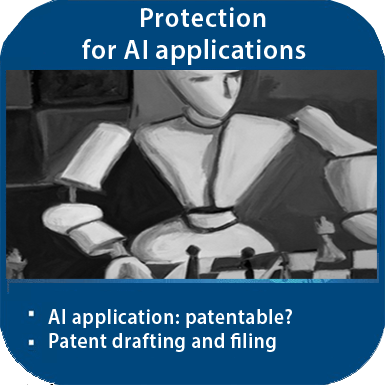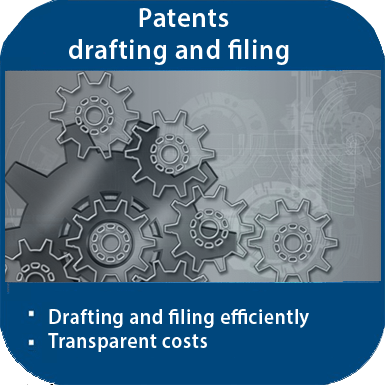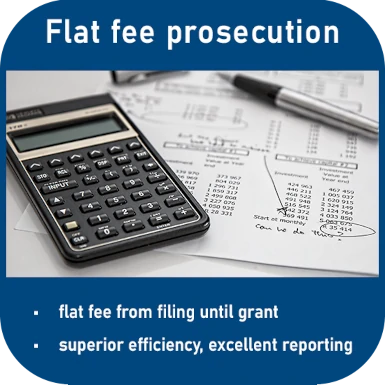EPO case-law: Industrial material composition

How to describe the material composition of matter in industrial material in a patent application?
Is the composition of matter described in sufficient detail? And is the embodiment example considered sufficient even if it is only in a selection list of embodiments?
We provide practical advice on the basis of two exemplary examples from recent decisions of the European Patent Office (EPO).
The first of the cases concerned the allegation of insufficient disclosure, i. e. the finding that a fictitious person skilled in the art could not readily understand the teaching of the patent.
And the second of the cases with the selection list of embodiments concerns the allegation that the subject-matter of claim 1 goes beyond the content of the application as filed.
Industrial material composition: base resin
Our first case study on material composition in industrial material concerns European Patent No. 2 740 761, which describes a base resin (a multimodal polyethylene composition) with specific features. Such resins are part of the known prior art, and the applicant for the patent in suit had filed the patent application with corresponding specificity.
According to the patent claim, the base resin described in the patent in suit must fulfil a number of conditions (density, weight average molecular weight, complex viscosity and shear thinning index) as part of a composition and at the same time these three conditions (melt flow rate (MFR21), Charpy notched impact strength at 0░C and compressive strength).
This patent was challenged in support of D1 (WO-A-00/22040), which also describes the preparation of a multimodal base resin.
In its decision, the opposition division concluded that claim 1 was sufficiently disclosed in the patent in suit as amended according to auxiliary request 2, inter alia because it contained sufficient instructions for a screening step of the base resin and also instructions for assembling the material in the composition with the properties defined in the patent.
Both the patent proprietor (appellant I) and opponents 1 and 2 (appellants II and III respectively) appealed against the decision of the Opposition Division before the Board of Appeal of the EPO. This appeal was decided a few days ago (15 September 2023, T 2425/19).
In the statement of grounds of appeal, the patent proprietor submitted several auxiliary requests, of which auxiliary requests 16 and 17 shall be mentioned here. The aspect "presence of a sieving step" is particularly relevant.
Insufficient disclosure?
The fact is that the particle size of the resin obtained by the multi-stage polymerisation process disclosed in the patent in suit is discussed in a recital of the patent in suit. The particle size is defined in general terms by preferred ranges.
However, neither the description nor a specific example of the patent in suit mentioned the necessary sieving step leading to the defined properties of the base resin according to the patent claim, the board of appeal found, and therefore rejected auxiliary claim 16 and further auxiliary claims for insufficient disclosure.
In auxiliary request 17, the patent claim was further restricted. According to this, a number of conditions are imposed on the base resin of the patent in suit with regard to its density, its weight-average molecular weight, its complex viscosity and its shear thinning index.
However, the board of appeal also did not consider this to be a sufficient disclosure for one skilled in the art.
Although the patent in suit disclosed these features and ranges, the board found, they were independent of each other. The patent in suit did not contain any teaching showing how these areas could be achieved in combination, as required by operative claim 1. Consequently, auxiliary claim 17 was held not to be sufficiently disclosed.
The Opposition Division's decision and the patent were revoked.
Industrial material composition: lubricants in industry
Our second case study on composition of matter in industrial material concerns the patent in suit Lubricants with Improved Sealing Compatibility, European Patent No. 2 771 441. This patent involved an opposition with citations of prior state-of-art.
The question in dispute about this patent was whether only one selection, namely that of the sulphurised olefin with a sulphur content of at least 20% by weight, was enough to reach the subject-matter of claim 1. This very selection was mentioned in a list of eight apparently unrelated embodiments of the patent application as filed.
The opposition division had declared the patent in suit as amended by the 2nd auxiliary request to be patentable and the one selection of the sulphurised olefin to be sufficient.
However, the EPO board of appeal dealing with this case did not find this convincing.
The paragraph containing the list of embodiments was contained in the background part of the patent application. Such paragraphs could not generally be regarded as readily relevant to the invention of the application as filed, the board of appeal said.
It may be true, the board added, that the background section, as argued by the defendant, alludes to the problem to be solved by the invention (protection of seals) and mentions sulphurised olefins as harmful to seals. However, not only high-pressure additives such as sulphur-containing olefins, but also other classes of additives were mentioned and disclosed as damaging to seals.
Furthermore, the board drew attention to the wording in the paragraph of the embodiments concerning the material composition of the material, in particular the wording "commonly used in [...] applications, including some high pressure agents such as sulphurised olefins".
It was not clear from this wording - as the patent applicant argued - that lubricant compositions necessarily had to contain high pressure additives, let alone sulphurised olefins or even sulphurised olefins with a sulphur content of at least 20% by weight.
In this case, too, the board of appeal decided to revoke the contested decision of the opposition division and the patent in suit (15 June 2023, T 2004/20). The subject-matter of claim 1 went beyond the content of the application as filed.
Clarity in the patent claim
Insufficient disclosure and inadmissible extemsion are, in a sense, two sides of the same issue: if there is a lack of clarity in the claim, a patent is liable to be challenged.
This makes the strategic and detailed drafting of a patent application all the more important.
You are welcome to ask us about this without obligation, by phone on +49 (0)69 69 59 60-0 or info@kollner.eu.







